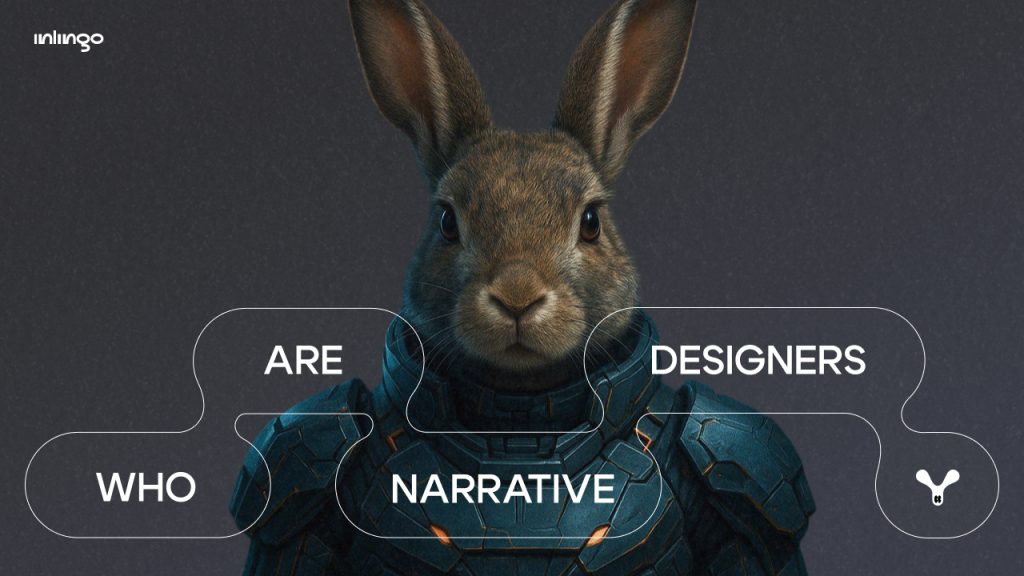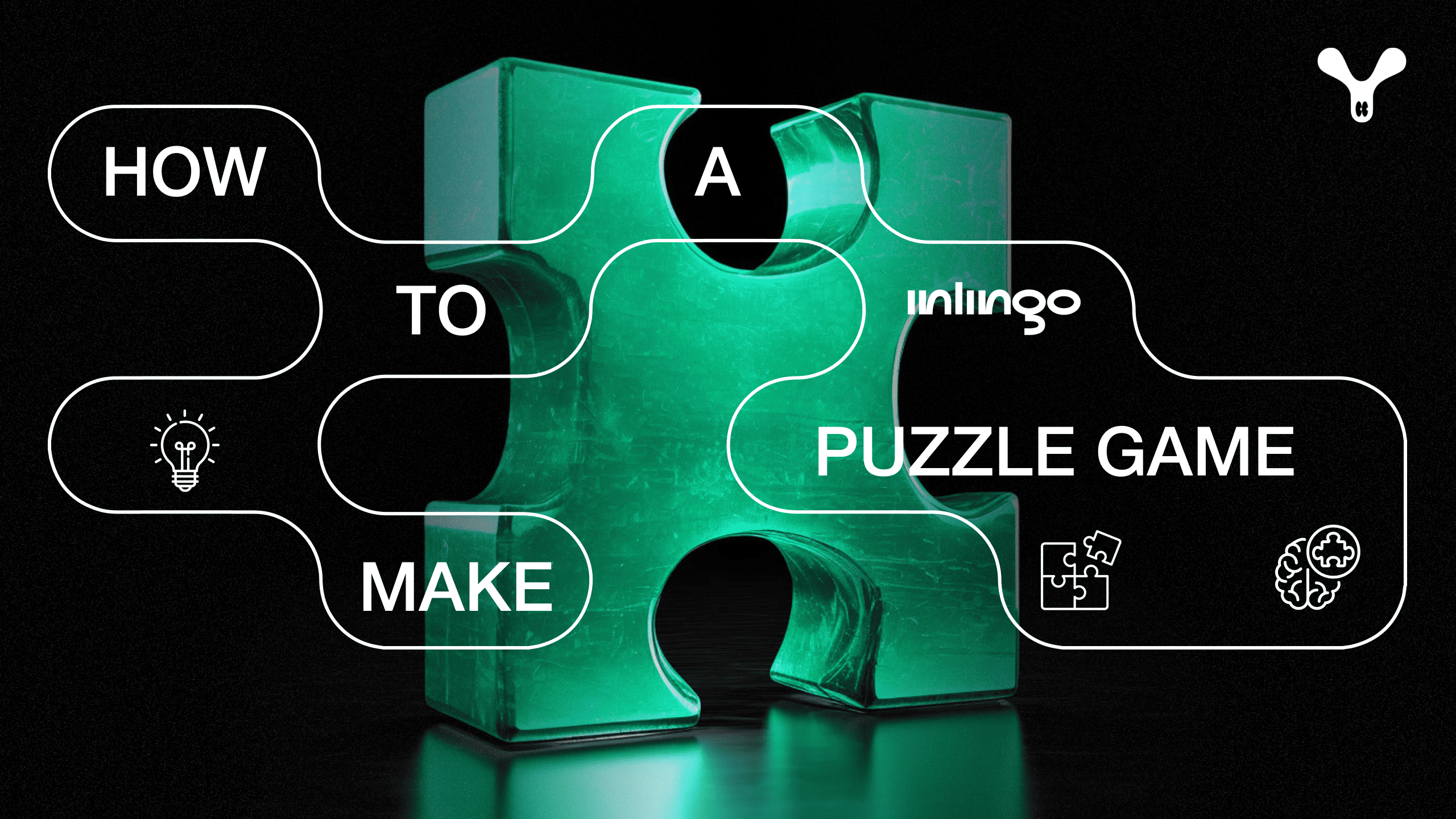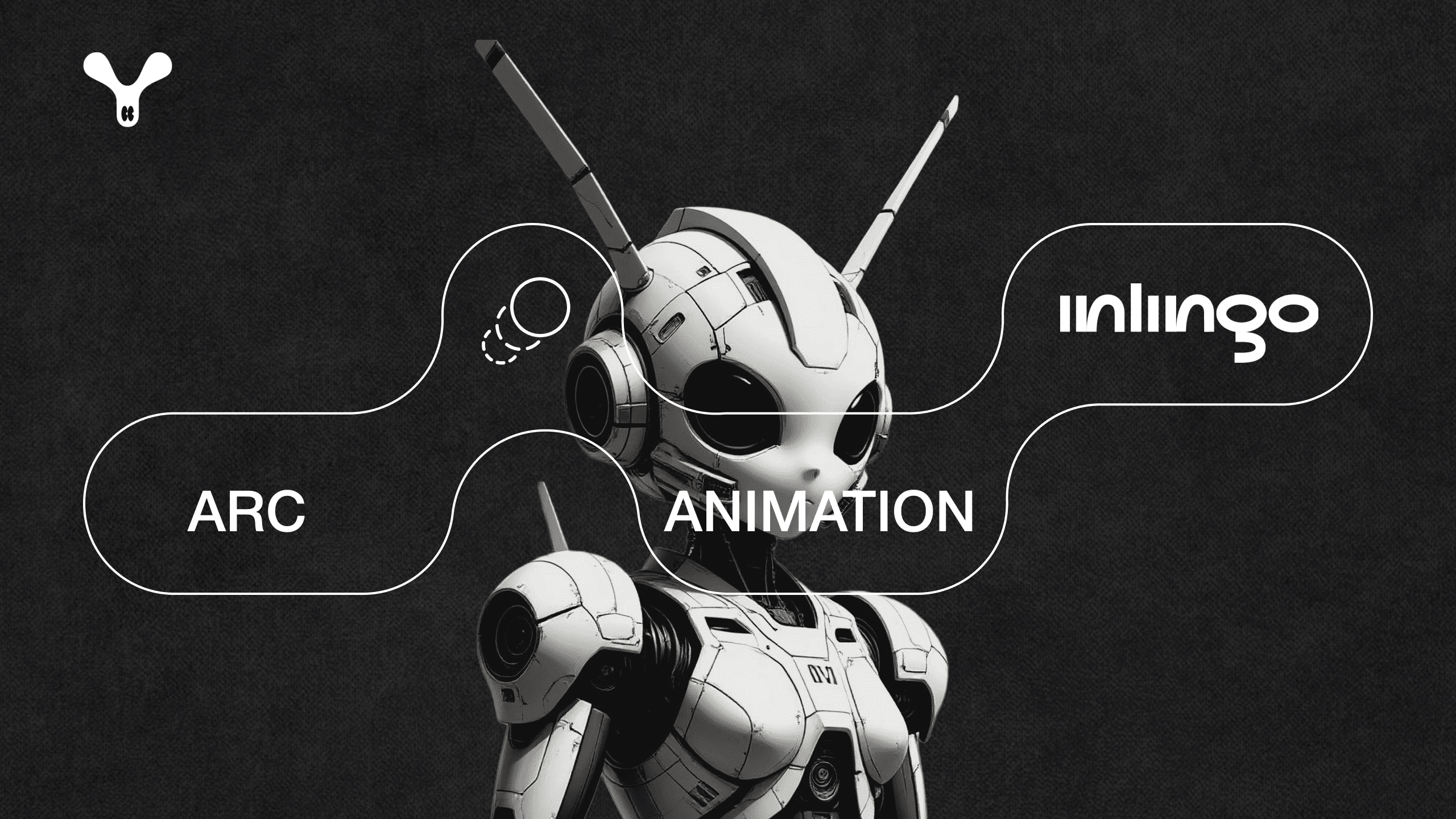Narrative designers are specialists who create engaging stories and weave them into the gameplay, mechanics, and world of a game. Their job isn’t just to write dialog or descriptions but to bring the universe of the project to life, by breathing life into the characters, shaping their personality, and giving the player an experience in which everything from gestures to vocal lines work towards achieving the overall design.
This article describes the work of narrative designers and how to become one.
What do narrative designers do?
A game with no narrative is merely mechanics. With a narrative, it becomes an engaging experience where the player feels their input matters.
The narrative designer is the architect of the game’s storyline. They don’t just “write a plot,” they create a system where the backstory, characters, and gameplay work together. It’s not about telling stories “on screen,” but about creating an engaging experience where players themselves live the events, make choices, face consequences—and feel their own identity within the world of the game.
Below are the narrative designer’s key tasks, together with some examples of how they’ve been accomplished in well-known projects.
1. Developing the game world and lore
The narrative designer lays the foundations of the world, from the history of kingdoms and fallen gods to the daily lives of NPCs. It’s the foundation on which everything is built, whether quests, characters, visuals, sounds, or even the interface.
Example: The Witcher 3: Wild Hunt
CD Projekt Red created a world filled with myths, legends, politics, and simple human stories. The narrative designers considered Eastern European folklore and the books of Andrzej Sapkowski to create a unique atmosphere in which witchers aren’t heroes but mercenaries with tragic fates.
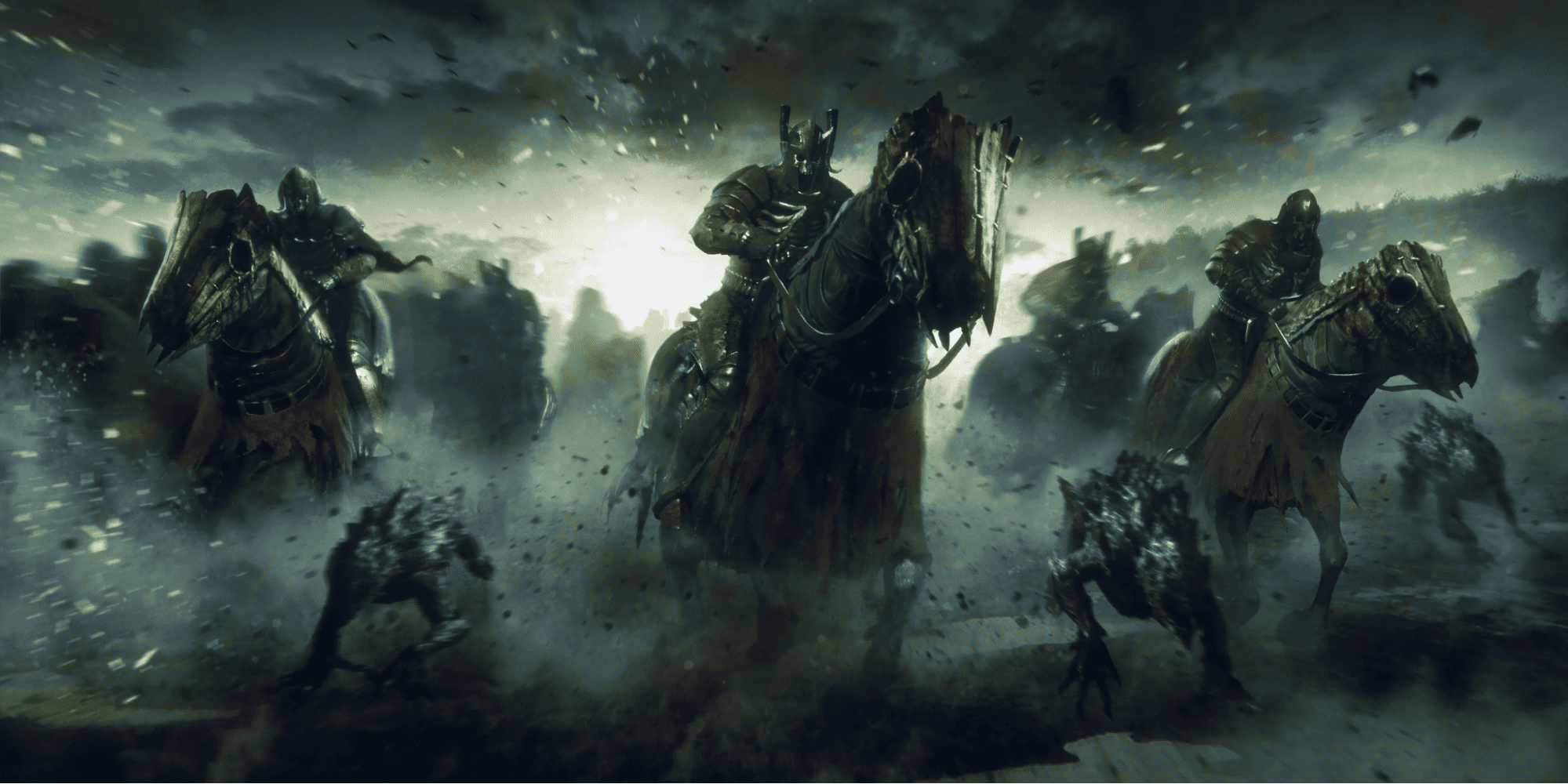
The Witcher 3: Wild Hunt. Source
2. Creating characters
Narrative designers help their team create characters with a story, goals, emotions, and a voice. They consider not only what characters say but why they say it and how they behave, right down to gestures and vocal intonations.
Example: God of War (2018)
Kratos is no mere warrior. The narrative designer, alongside director Cory Barlog, created the image of a father tormented by his past. Although Kratos doesn’t say much, every dialog is important, deep, and ambiguous. His gestures, silence, and facial expressions are part of the narrative.
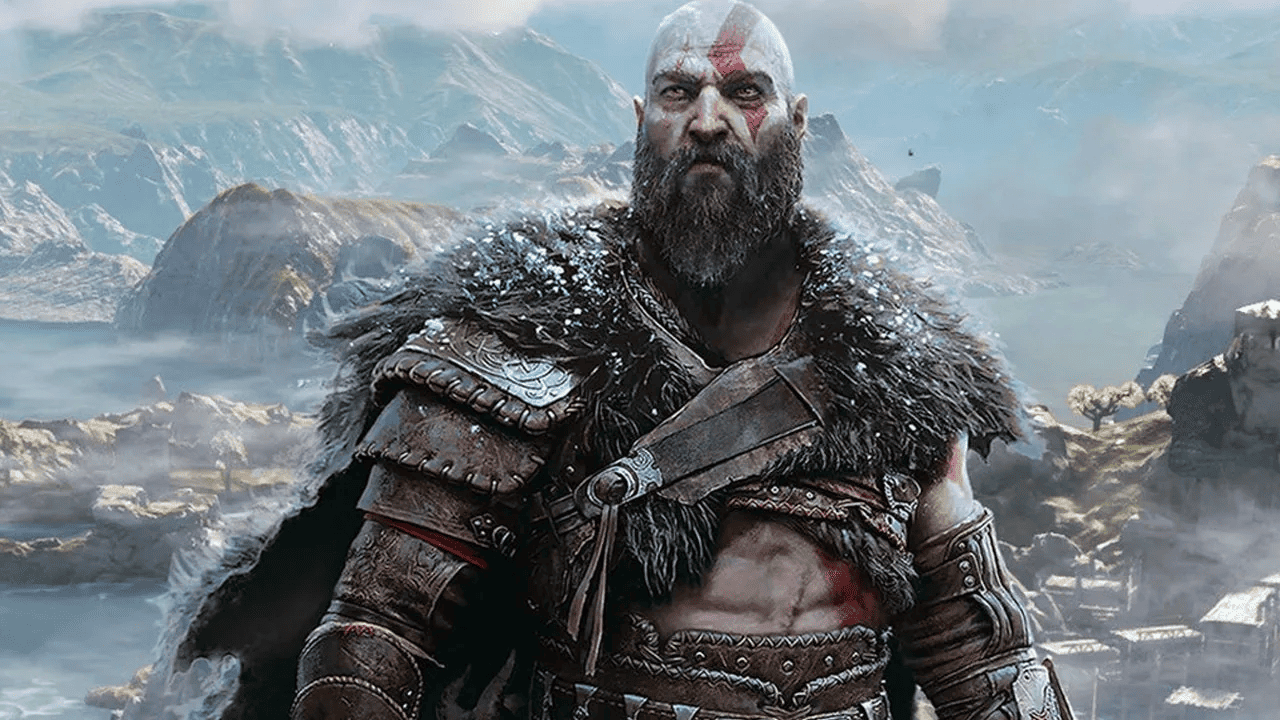
Kratos. Source
3. Integrating narrative into the gameplay
The narrative designer ensures the backstory isn’t a “disjointed cutscene” but part of the gameplay. That means branching quests, in-game notes, environments, music, NPC reactions, items in inventory.
Example: Bioshock
The entire narrative is embedded in the environments: audio diaries, level interiors, posters, advertisements. Here the narrative doesn’t interrupt the game but is woven into the gameplay, creating a feeling that the player has discovered and figured out everything on their own.

Bioshock. Source
4. Developing dialogs and choices
Narrative designers consider how dialog can affect plot, relationships with characters, and the ending of a story. They write lines, create dialog structures (branches, emotions, states), and collaborate with voice actors and editors.
Example: Mass Effect
The player can choose how to communicate with others: diplomatically, aggressively, or neutrally. These choices aren’t merely cosmetic—they affect partner relationships, mission progress, and even the finale of the entire trilogy. All of this was worked out by the narrative designers in collaboration with the game designers.
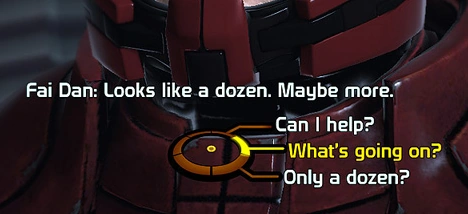
Dialog options in Mass Effect. Source
5. Maintaining pace and emotional rhythm
Narrative designers ensure the player isn’t bored or overwhelmed. They balance entertaining scenes with moments of silence, build emotional curves, and shift focus between conflict and relaxation.
Example: The Last of Us: Part II
Intense action is followed by scenes with guitar playing, campfire talk, and flashbacks. This is all part of the narrative, giving the player respite and settling emotions. Such episodes breathe life into the characters and bring them closer to the player.

The Last of Us: Part II. Source
6. Creating a unique narrative experience
A good narrative designer creates a unique narrative that can’t be conveyed by a book or movie. Only games allow us to experience the consequences of our choices, explore through action, and participate in the story.
Example: Undertale
The game “remembers” the player’s actions. Forgiving enemies or killing affects the entire narrative. When you encounter characters again, they react differently. It’s a powerful example of how narrative design makes the game a personal experience.
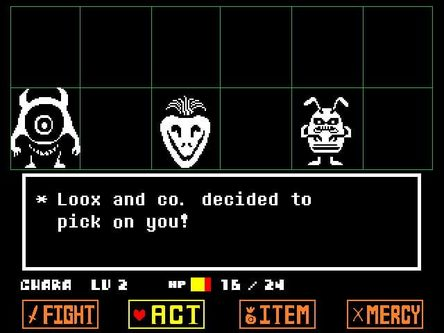
Range of choices in Undertale. Source
What’s the difference between a narrative designer and a screenwriter?
In the gaming industry, the roles of screenwriter and narrative designer often overlap, especially in smaller teams. However, they’re essentially different roles with different focuses. To clearly understand the difference, ask yourself, “Do you want to tell a story or build it into the gameplay?”
Screenwriter: tells a story
Screenwriters are authors who create the plot, dialog, and characters. Their work is closer to traditional media: movies, TV series, books. They think linearly, in terms of scenes and acts, and pay attention to structure, rhythm, vocal delivery of lines, and characters.
Examples of a screenwriter’s tasks in a game:
- Write a plot’s beginning, climax, and ending.
- Construct the character‘s personality and background.
- Create dialogs that evoke strong emotions.
- Write cutscenes.
- Dramatize missions.
Narrative designer: embeds the backstory in the game
Narrative designers integrate the backstory into the gameplay. Their goal isn’t just to tell a story but to let the player live it through action. They consider mechanics, level structure, choices, branching, NPC reactions, UI, sound, and even character gestures.
Examples of a narrative designer’s tasks:
- Think through how the story unfolds through missions.
- Develop a framework for the consequences of choices.
- Organize the arrangement of plot elements in an open world.
- Embed audio diaries, environments, and objects as carriers of the plot.
- Collaborate with level designers so that an engaging narrative enhances gameplay rather than hinders it.
For example, in Red Dead Redemption 2, players don’t just find out that Arthur is sick, they live it out: dialogs, coughing in battle, changes in behavior. This is the work of narrative design: to create a backstory that unfolds over the course of the game.
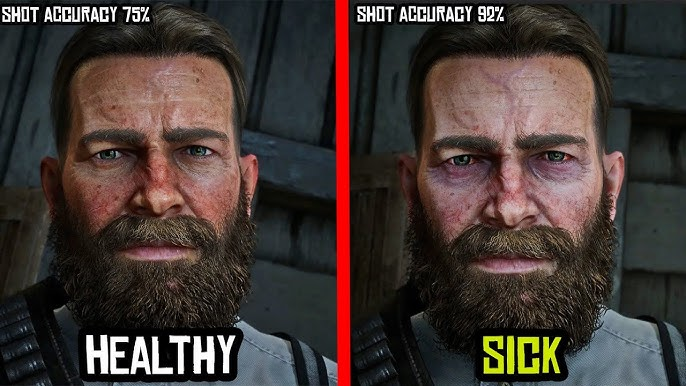
Arthur in Red Dead Redemption 2. Source
What skills should a narrative designer possess?
Narrative designers combine the skills of a writer, game designer, editor, etc. They should be able to:
- master structure and drama.
- work with nonlinearity.
- understand the basic principles of game design.
- write and edit skillfully.
- have a feel for character individuality.
- grasp the vocal delivery of the text.
- work as part of a team and communicate with other departments.
Experience in theater, film, animation, or even literature—anything that involves breathing life into a character or conveying emotion—is also a plus.
Workflow of narrative designer
The workflow of a narrative designer begins with a mission statement: what story do we want to tell, through what events, and in what way? The next steps are usually as follows:
- A narrative document is created, which serves as the basis for the entire plot structure.
The basic elements of a narrative document:
- Name of the scene/episode/quest—quickly identifies what’s involved.
- Purpose of the scene/task—describes what’s happening, how it benefits the player and plot, and what emotions and actions are expected.
- Context—details where and when the event takes place, at what stage of the game, and what the player already knows.
- Interactivity and mechanics—sets out how the player interacts with the backstory, i.e. choices, dialog, combat scenes, movement, and its consequences.
- Description of characters—describes their status, motivation, speech patterns, gestures, key traits, and the attitude of minor characters to the main character.
- Key lines and choices—sets out dialog examples, branching, emotional emphases, the solutions available, and where they lead.
- Emotional and visual emphases—describes how the atmosphere is conveyed, e.g. music, lighting, animation, pauses, facial expressions, in other words, anything that makes a scene engaging.
- Technical challenges for the team—details what’s needed from game designers, artists, animators, sound designers, etc.
- Relationship to other scenes—describes what takes place afterward, what variables should be considered, and how the overall plot or gameplay is affected.
- Notes—describes anything that doesn’t fit in the other sections, e.g. restrictions, nuances, special requirements.
- Next, the characters, their goals, conflicts, and motivations are worked out.
- Characters, their goals, conflicts, and motivations are integrated into the gameplay.
- Dialog, in-game text, and descriptions are written.
- Edits are made following playtests and feedback.
Narrative designers and teamwork
Narrative designers work at the intersection of various disciplines, so their success depends on the ability to communicate and coordinate with other professionals.
Interactions are usually structured as follows:
- With game designers—discuss how to build the plot into the mechanics: choices, missions, NPC behavior.
- With level designers—place plot triggers, dialog, items in the environment.
- With artists—agree on the visual style of the world and characters so that it fits the narrative.
- With programmers—introduce interactive elements: branching, scripts, reactions to player actions.
- With actors and sound designers—convey intonation, vocal nuances, atmosphere, character gestures.
A narrative designer isn’t a “lone writer” but a team player who considers input from all departments and helps create a cohesive, engaging backstory. Good narrative designers know how to listen and create as part of a team. They advocate key points but are flexible enough to find common ground with everyone.
Famous and influential narrative designers
Some names have become industry icons:
- Amy Hennig—creator of backstories in Uncharted and a master of plot-driven gameplay. She created engaging backstories with cinematic delivery. In Uncharted she masterfully combined dialog, gameplay, and character development, conveying characters’ individuality through action.
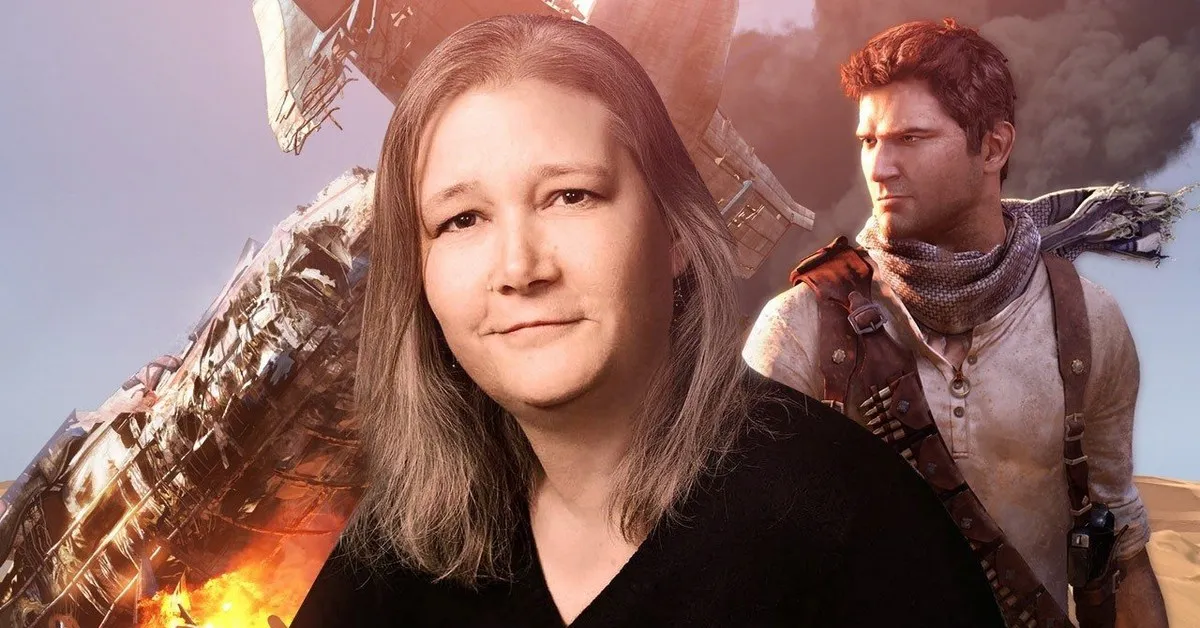
Amy Hennig. Source
- Chris Avellon—RPG veteran who worked on Planescape: Torment and Fallout: New Vegas. Deals with deep themes and moral choices and creates unique characters and dialog with consequences. His approach is to create the backstory through the player’s decisions.
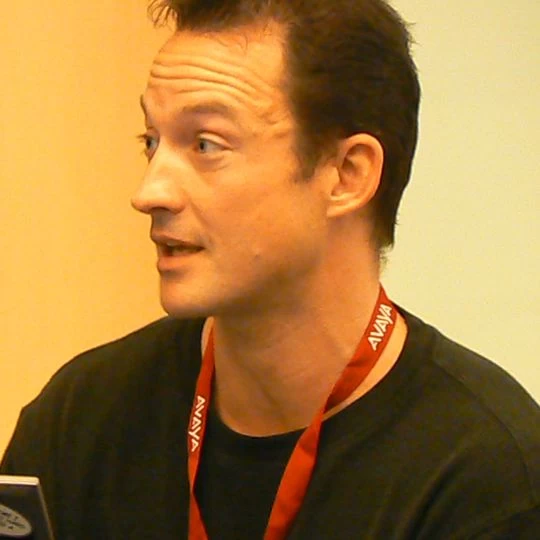
Chris Avellon. Source
- Sam Lake—worked on Max Payne, Alan Wake, Control. Creates games with highly original delivery, internal monologues, and unconventional storyline structure. His games are a combination of mysticism, thriller, and psychological drama which consider the player’s perspective.

Sam Lake. Source
- Neil Druckmann—worked on The Last of Us, Uncharted 4. Emotional narrative specialist. He emphasizes gestures, looks, and silence and shows how the backstory can be told by actions rather than words.
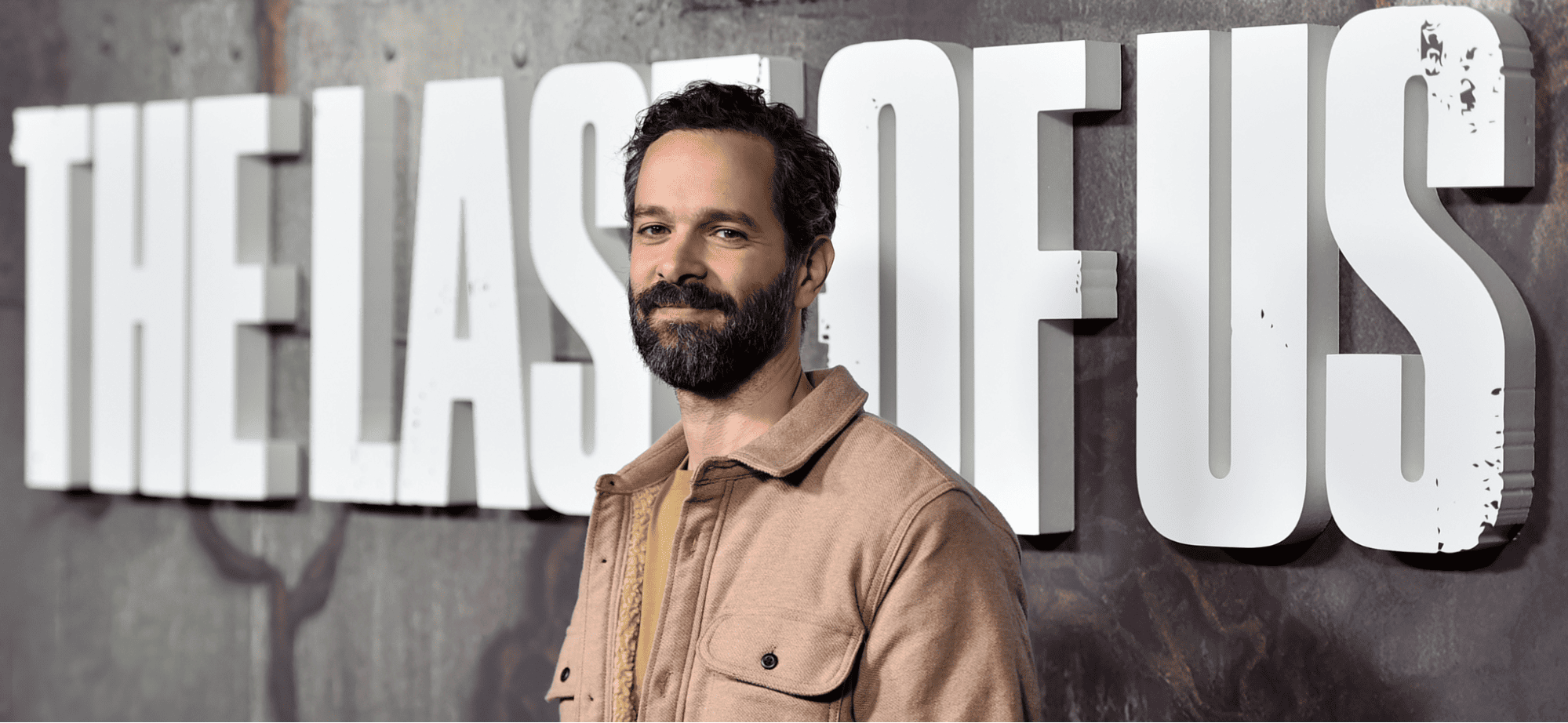
Neil Druckmann. Source
Their works set the standard for quality and narrative depth.
Career growth
A good place to start in the industry is as a junior designer, assistant writer, or QA for plot testing. The next steps are mid-level, senior, and lead narrative designer. Some move on to become producers, creative directors, or open their own studios.
Major employers such as CD Projekt, Naughty Dog, and Ubisoft are actively looking for specialists who know how to create next-generation backstories.
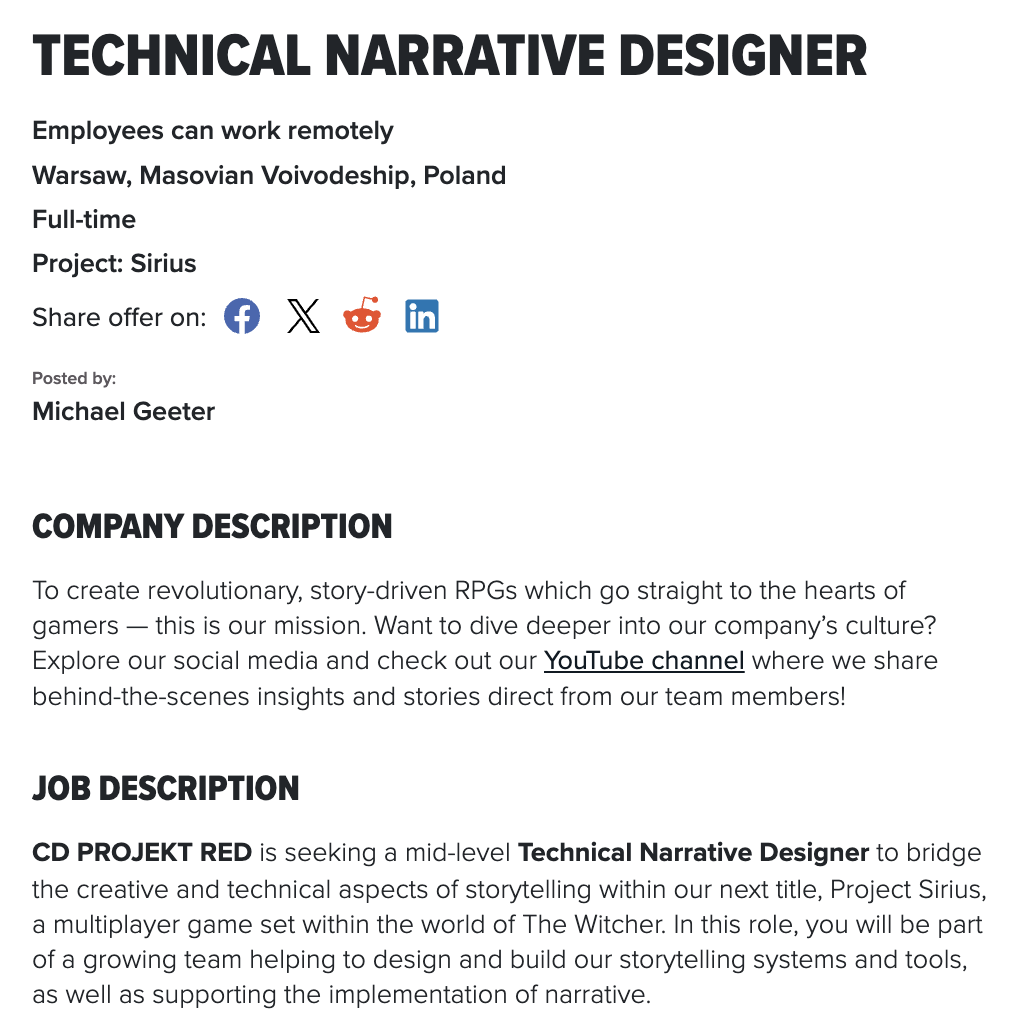
Vacancy at CD Projekt. Source
How to become a professional narrative designer
While there may be many paths into the profession, it’s important to:
- read good scripts and play story games.
- learn to write texts, dialogs, and narrative constructions.
- study game design and game structure.
- participate in game jams, mods, and fan projects.
- refine communication and teamwork skills.
- study vocal performance and emotional delivery of text.
- put together a portfolio: narrative docs, scripts, branching examples.
While narrative design is a young and interdisciplinary profession, today there are already specialized courses and programs that allow you to develop the right skills, from creating a backstory to integrating it into the gameplay. Universities and online courses can help you reach professional standards and make your first connections. You can start with free courses on Coursera, such as Story and Narrative Development for Video Games (California Institute of the Arts).
What else is worth exploring?
- Gameplay design—to understand how the mechanics work and what can be “stitched” into them.
- Drama and narrative structures, from classical screenwriting to nonlinearity.
- Tools: Twine, Articy Draft, Ink, Ren’Py—to practice creating interactive backstories.
- Communication in a team—skill in producing, preparing documentation, working with editors.
Conclusion
Narrative designers bring games to life through a backstory. They create characters, give the world meaning, and make gameplay engaging and emotionally rich. Narrative design requires knowledge, skill, empathy, and a passion for storytelling. If you feel you have a unique story to tell, narrative design may be the way to go.

